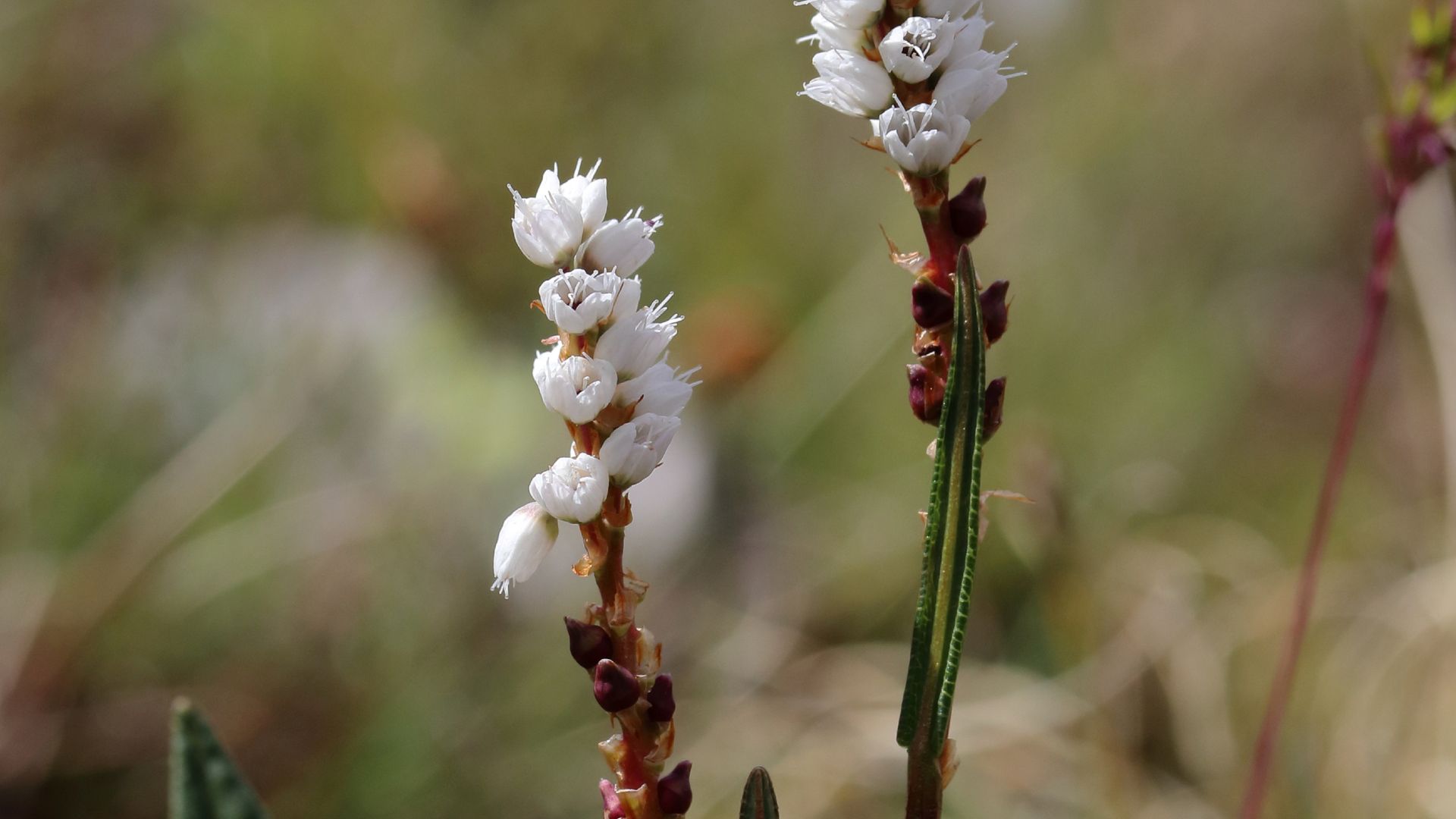Knöllchen-Knöterich
Polygonum viviparum L.
Alpine Bistort is related to rhubarb and buckwheat. Its starchy nodules are edible and have a pleasant, nutty-horseradish flavour. However, since they are only tiny, they are unlikely to satisfy your hunger on a mountain hike.
Alpine Bistort is a dwarf plant and seldom grows larger than 20 cm. The edges of its narrow leaves curve downwards. Its inflorescence bears white-pink flowers on the upper half and nodules on the lower half.
Facts and Figures
The species name viviparum comes from Latin and means “livebearing”. This refers to the Alpine Bistort’s starch-filled nodules which allow plantlets to grow and the plant to reproduce vegetatively. However, for this to happen the plant has to survive attacks from the snow grouse first, as it is the bird’s favourite food.
Territory
The perennial Alpine Bistort is widespread in Europe, Asia and North America. In Switzerland, it can be found in the Alps, near the Alps and in the Jura region on nutrient-deficient meadows and pastures as well as on moorland. This diminutive plant is very common on the Gornergrat. more information
